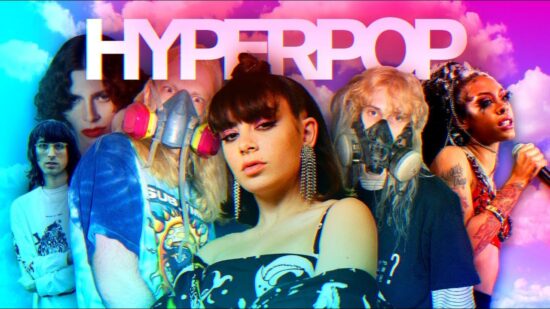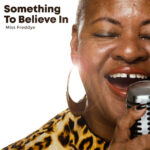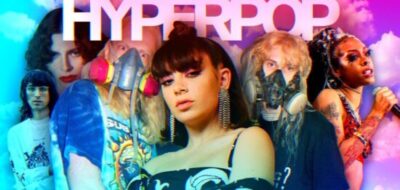Although it should be obvious, it’s never a bad idea to reiterate that the “pop” part in “pop music” comes from the word “popular”. It is an umbrella term that emerged in the late 1950s to describe music that combines a simple verse-chorus structure with elements borrowed from other popular genres like rock, dance, and country, among others.
Over the decades, the pop genre spawned countless offshoots – some of them, like K-pop and J-pop, have pushed themselves into the mainstream, while others only spread in certain countries and are enjoyed by certain age groups. Perhaps the most elusive of them all is Hyperpop, a genre that is pretty hard to define, but one that’s enjoyed especially by the social media generation.
What is Hyperpop?
It’s a microgenre, a music movement, a statement made by LGBTQ+ online communities. One that’s the perfect expression of a new generation’s digital-first approach to life. It’s an often exaggerated take on pop music, with elements borrowed from everything between Kraftwerk and Daft Punk, and Nightcore and K-pop respectively. The genre can’t be defined strictly based on the instruments used, the composition of a band, the themes of the songs or even the rhythm of the tunes – it incorporates everything between trap and metalcore, with nu-metal, chiptune, bubblegum pop, and avant-garde in between.
The Rise of Smartphones
Smartphones have blasted into our (digital) lives less than two decades ago and have become a pivotal medium for a new generation both in music and daily life. All the music you can handle is now in your pocket with Spotify. Instead of walking to the corner store, people now order online using their phones expecting delivery within the hour. Instead of flying to Vegas, they play online pokies on the go. The convenience and accessibility of mobile-first services like JackpotCity or Amazon or GrubHub are reason enough to go digital, especially in the case of the former – no Vegas casino can match JackpotCity’s amazing game variety and accessibility.
This mobile-first generation brought Hyperpop into the spotlight. The term itself was first used in relation to A. G. Cook’s PC Music in 2014 – the producer was later called “the godfather of Hyperpop” by Spotify editor Lizzy Szabo. But songs that bear an uncanny resemblance to the Hyperpop “genre” have emerged as early as the 2000s.
Hyperpop Hitting The Mainstream
One of the genre’s defining works is Charli XCX’s “Pop 2”, a mixtape released in 2017 that set the template for Hyperpop by giving pop “sonically, spiritually, aesthetically – a facelift for the modern age”.
The genre took another step toward becoming a mainstream phenomenon in 2019 when Spotify launched the “Hyperpop” playlist, including works by Cook, Slayyyter, gupi, Caroline Polachek, Hannah Diamond, and Kim Petras, among others. Last year, the genre gained traction thanks to its popularity on social media, especially on TikTok, and gained notoriety especially in Spanish-speaking countries like Spain, Mexico, and Argentina, with many Spanish-speaking artists and producers embracing it.
There is no slowing down Hyperpop. So get on board the train or get out of the way.






